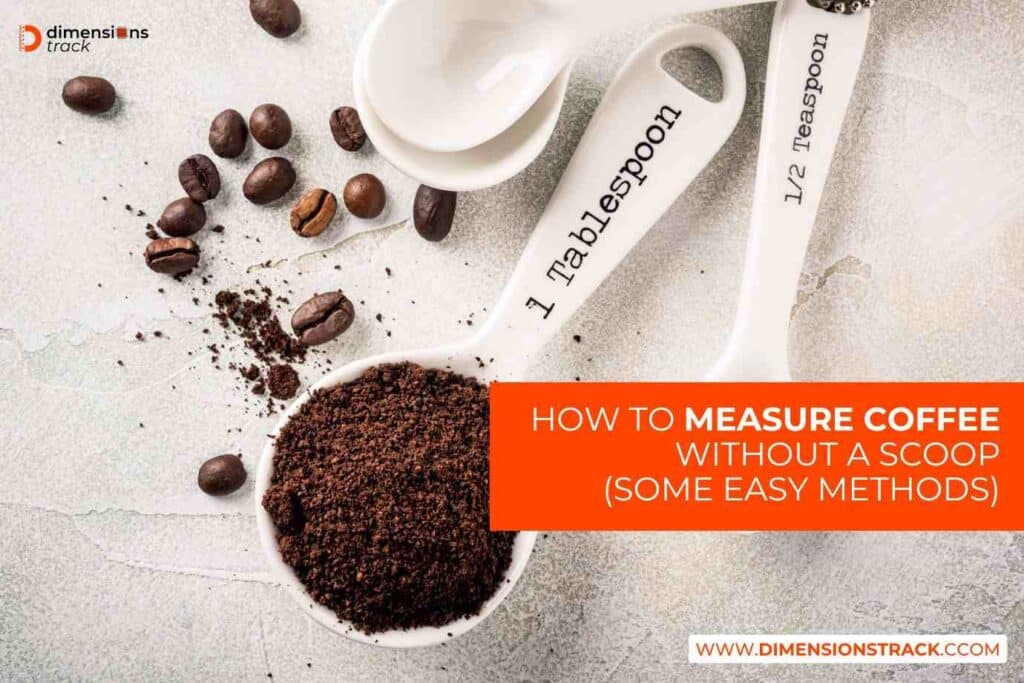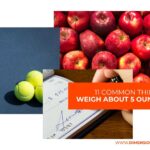Missing your coffee scoop shouldn’t derail your morning brew. In fact, learning how to measure coffee without this common tool might actually improve your coffee game. Let’s explore proven methods that’ll transform your coffee routine from guesswork to guaranteed success.
Importance of Measuring Coffee Accurately
Getting the perfect cup of coffee involves more science than you might think. Your coffee brewing ratio plays a crucial role in extracting the optimal flavors from your beans. Much like baking, where precise measurements make the difference between a perfect cake and a kitchen disaster, coffee brewing requires careful attention to proportions.
Fun Fact: Coffee beans can lose up to 20% of their weight during roasting, which dramatically affects their density and measuring requirements!
The ideal coffee-to-water ratio typically falls between 1:15 and 1:17, meaning for every gram of coffee, you’ll want 15 to 17 grams of water. This precision in coffee measurement accuracy determines whether your brew turns out bitter, weak, or just right. Furthermore, consistent measurements ensure that when you find your perfect cup, you can replicate it day after day.
Commonly Used Method of Using a Scoop
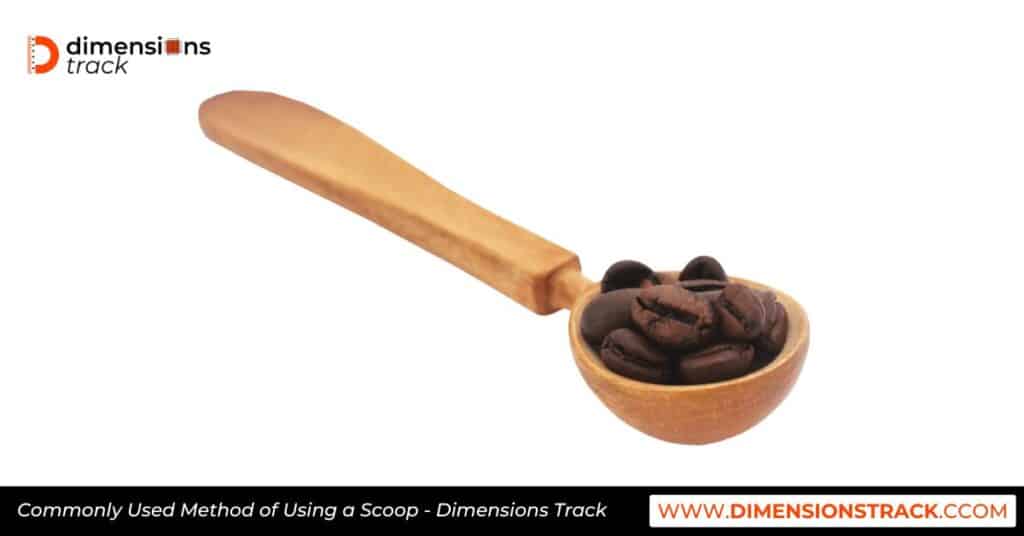
Most coffee enthusiasts start their journey using a standard coffee scoop, which typically holds about two tablespoons or 10 grams of coffee grounds. However, measuring coffee without a scoop often proves more reliable because coffee density varies significantly between different roasts and grinds.
“Precision in coffee brewing isn’t about being fussy – it’s about reproducing delicious results consistently” – Scott Rao, Coffee Expert
Traditional scoops can mislead even experienced brewers because different roast levels affect coffee’s volume drastically. A scoop of dark roast beans contains less coffee by weight than the same scoop of light roast, owing to the beans’ different densities after roasting. Understanding this variation helps explain why switching to weight-based measurements can revolutionize your brewing process.
Alternative Methods for Measuring Coffee Without a Scoop
Before diving into specific techniques, it’s essential to understand how coffee characteristics affect measurement. Different roast levels create varying densities – dark roasts become less dense than light roasts due to longer roasting times. This fundamental knowledge helps you adjust your coffee portioning system as needed, regardless of your measuring method.
When selecting your measuring approach, consider your brewing method, desired strength, and the type of beans you’re using. A pour-over coffee demands different precision than a French press, while espresso requires the most exact measurements of all brewing methods.
Using a Scale
Digital precision has revolutionized home coffee brewing. A coffee weighing device eliminates guesswork entirely, transforming how we approach our daily brew. Modern digital coffee scales offer features that were once reserved for professional baristas, making cafe-quality coffee achievable at home.
Benefits of Using a Scale for Measuring Coffee
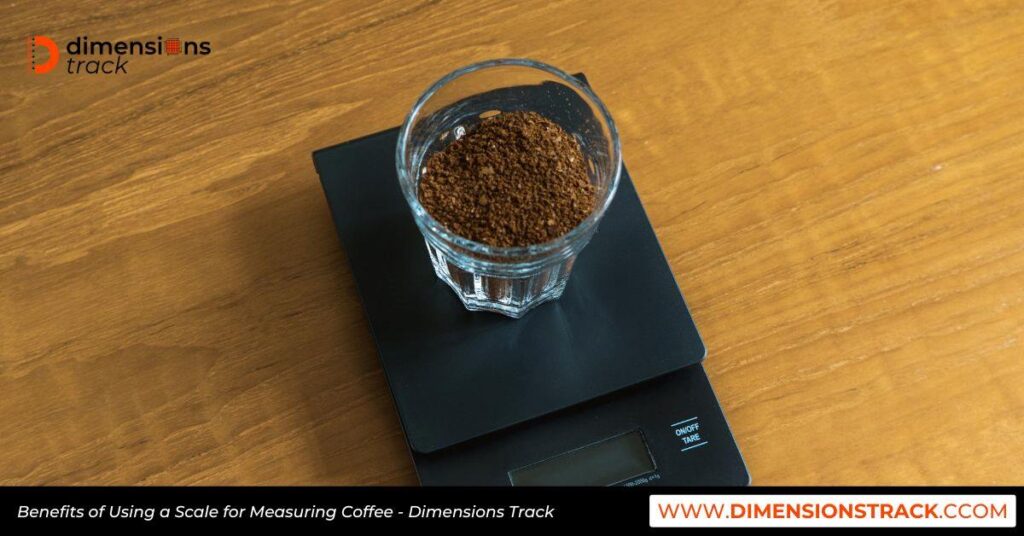
Investing in a quality coffee balance digital tool fundamentally changes your brewing experience. Professional baristas consistently choose scales because they provide unmatched accuracy in measuring coffee beans and grounds. Unlike volume measurements, which can vary based on grind size and bean density, weight measurements remain consistent regardless of these factors.
Moreover, scales enable you to maintain precise coffee dose metrics across different roasts and origins. This consistency proves especially valuable when experimenting with new beans or trying to perfect your favorite brew. By eliminating variables in measurement, you can focus on adjusting other aspects of your brewing process, such as grind size or water temperature.
Types of Scales Suitable for Measuring Coffee
When choosing a coffee balance tool, several key features deserve your attention. First, look for scales that measure down to 0.1 grams – this precision allows for accurate coffee mass calculation, especially crucial when brewing smaller portions like espresso. Response time matters significantly; a scale that updates quickly helps you achieve target weights without overshooting.
Fun Fact: The most sophisticated coffee scales can measure variations as small as 0.01 grams – that’s less than the weight of a grain of salt!
Water resistance proves invaluable in a coffee environment, where spills inevitably occur. Many premium scales include timing functions, which help coordinate your pour-over brewing phases. While these features add convenience, the fundamental requirement remains accurate weight measurement.
Step-by-Step Guide on How to Measure Coffee Using a Scale
Mastering precise coffee measurement requires following some key steps. Begin by calibrating your scale to ensure accuracy, which is crucial for consistent measurements. Place your brewing vessel on the scale and tare it, so you’re only weighing the coffee itself. Add coffee beans until you reach the target weight for your brew. Consistently record these measurements to ensure each brew is just right. For a standard 8-ounce cup of coffee, aim for 15-18 grams, a guideline that helps achieve optimal extraction every time.
Measuring by Volume
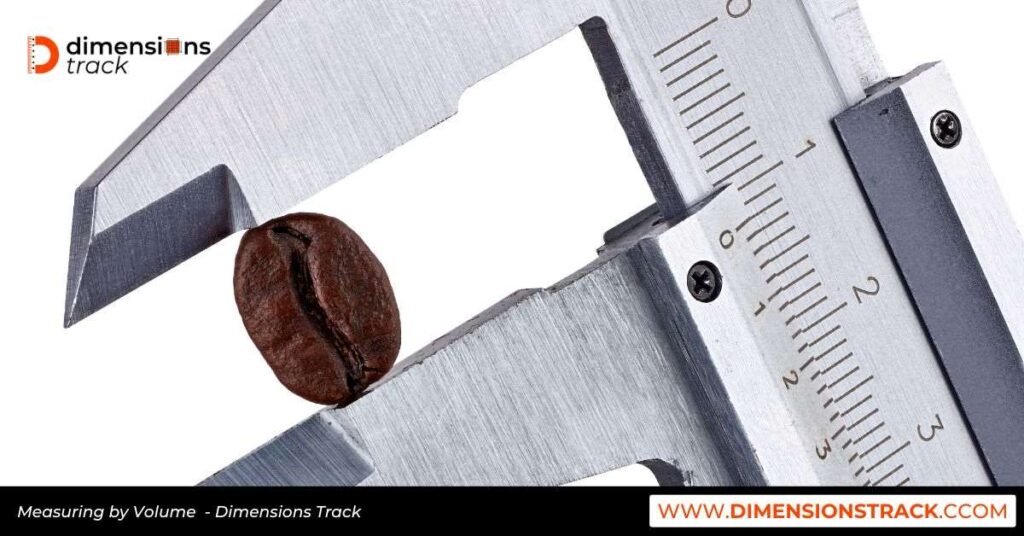
When a digital scale isn’t available, measuring by volume is a handy alternative to keep your brew on track. Let’s explore volume-based methods, from tablespoons to measuring cups, as practical options for gauging coffee portions.
1. Tablespoon Method
The tablespoon method is simple and effective for measuring coffee. When no scale is available, it’s a reliable option. A level tablespoon holds around 5-7 grams, varying slightly based on grind size.
If you prefer a stronger brew, try a rounded tablespoon. This holds about 7-9 grams, while a heaping tablespoon contains 9-11 grams. Adjusting tablespoon fullness allows you to control the coffee strength.
To ensure consistency, level each tablespoon with the back of a knife. This technique keeps measurements uniform, improving the reliability of your brew. Though not as precise as a scale, it’s quick and easy.
2. Teaspoon Alternative
For smaller portions, the teaspoon method can work well. A level teaspoon generally holds 2-3 grams of coffee. This approach offers moderate control when a lighter brew is desired.
Six level teaspoons are equivalent to a standard coffee scoop. This method can be helpful when brewing for multiple cups. Just remember to level each teaspoon to maintain consistency.
Although less precise, teaspoons can be useful when other tools aren’t available. They’re best suited for casual coffee drinkers. For optimal results, aim to level the teaspoons every time.
3. Measuring Cup Solution
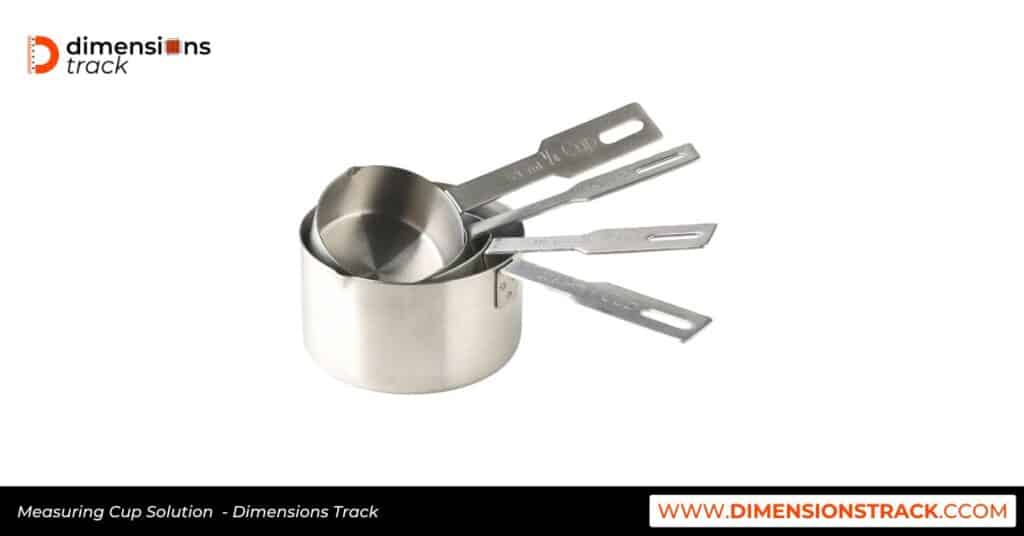
Measuring cups are ideal when making larger coffee batches. Typically, 1/4 cup holds about 20-22 grams. A 1/2 cup holds 40-44 grams, while a full cup contains 80-88 grams.
This method is perfect for group brewing, ensuring sufficient portions. Gently shake the cup to level the grounds without compacting them. Compacting adds excess grounds, altering the brew strength.
While less precise than a scale, measuring cups work reliably for volume-based brewing. This solution provides convenience when exact gram measurements aren’t critical. It’s a dependable method for serving larger groups.
How to Convert Volume Measurements to Weight Measurements
Understanding how to measure coffee by converting volume to weight can boost your brewing accuracy. For reference, one tablespoon of coffee grounds is about 5-7 grams, 1/4 cup is 20-22 grams, and 1/2 cup is approximately 40-44 grams. Remember, coffee density varies with roast level, which impacts the weight-to-volume ratio.
Eyeballing Method
The eyeballing method relies on estimating coffee by sight. It’s ideal for experienced brewers who’ve developed a sense of portions. Beginners may find this challenging, but practice can improve accuracy.
With time, brewers can achieve a 1-2 gram accuracy. Beginners might have a variance of 3-4 grams. Experts often develop an intuition, achieving high accuracy with just visual estimation.
This method is enjoyable for those willing to practice. It’s not recommended for beginners needing exact measurements. However, it can be effective with patience and practice, yielding satisfying results over time.
Step-by-Step Guide on How to Use the Eyeballing Method
To master approximate coffee portioning, start by referencing a measured amount. Pay attention to visual markers that indicate how much coffee you’re using. Practice with an empty container, verify your measurements occasionally, and make adjustments based on taste to refine this skill over time.
Summary of Different Methods Discussed
To summarize, each coffee measurement method has its advantages. Digital scales provide the highest precision and are ideal for consistency, while volume measurements offer a reliable backup. Eyeballing, though the least precise, can be effective with practice and experience. Choose the method that best suits your needs and brewing circumstances.
Conclusion
Whether you’re learning how to measure coffee with a digital scale or using volume measurements, consistency is key to great brewing. Coffee measurement improves with attention to detail and practice. Start with the most precise method available, and as you get to know your coffee’s unique characteristics, you’ll soon brew a perfect cup with any method.
Pro tip: keep a brewing journal to track your coffee measurement techniques and results, refining your approach over time. Your perfect cup awaits – happy brewing!

Henry Martin is a dedicated author at Dimensions Track, specializing in creating informative guides on the dimensions and measurements of various objects. With a passion for providing precise and reliable information, Henry helps readers make well-informed decisions about everyday products and spaces. His attention to detail ensures that each guide is thorough, easy to understand, and packed with useful insights for anyone seeking accurate measurements.

